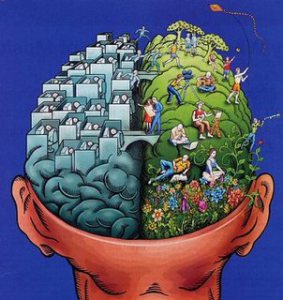Each month in our Open Voices blog we share insight from leaders in our communities who are advancing what it means to have sacred, open green spaces in our cities. In February, we look at the roots of the TKF Foundation’s mission to provide public greenspaces that offer temporary sanctuary, encourage reflection, provide solace and engender peace and well being.
Did you know there are two theoretical frameworks that attempt to explain the psychological experience of chronic stress and the restorative effect of nature? The framework that has received the most attention, Attention Restoration Theory (ART), was developed by Stephen and Rachel Kaplan, and proposes that nature has certain properties that allow a person to recover from the mental fatigue caused by the focused attention needed to get things done at work, school, and in our busy lifestyles. The other perspective, psychoevolutionary theory, looks at restoration from a more general perspective of stress reduction, and posits that people respond to certain perceptual qualities of nature that encourage our physiological systems to relax and recover in ways that help improve behavioral and cognitive performance. Both frameworks generally argue that human beings react positively to certain qualities and characteristics of natural environments.

The central idea of ART is that restoration is the recovery of our capacity to direct attention. The Kaplans describe two types of attention. Directed attention is that which requires effort. We often need to pay attention to tasks to accomplish a goal (such as at work or school), and effort is needed to fend off competing stimuli. Working to inhibit distractions makes us susceptible to mental fatigue. Irritability and negative affects result from depleted attentional reserves; as we restore the ability to pay attention, we often feel positive changes in our mood and productivity.
Restorative environments help us to replenish our capacity to focus and again be able to direct attention. In contrast to directed or voluntary attention is involuntary attention, often associated with fascination. Fascination occurs when the environment around us is inherently interesting, and no effort is required to pay attention. ART proposes that this attention is activated when one is viewing nature. While using involuntary attention, our capacity for directed attention can recover.
What do you think is happening in our brains when we spend time in the outdoors? Do you notice a difference in your mindset when you take a walk through a park?
